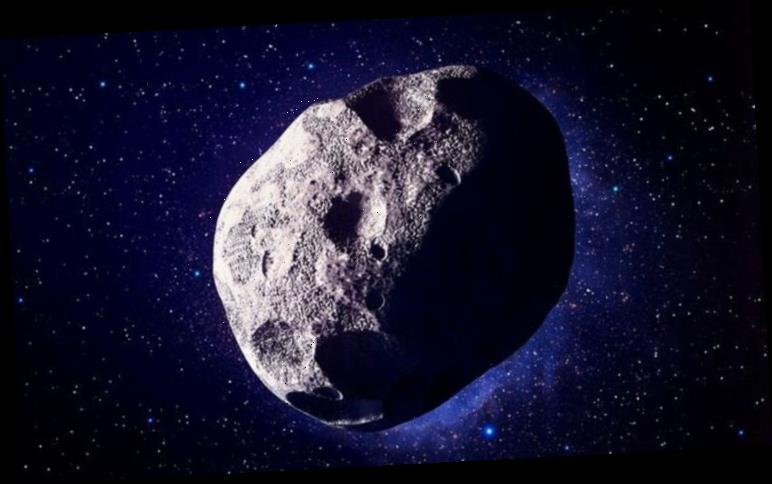

The NEAR Shoemaker spacecraft landed on Eros, an asteroid near Earth, in 2001. Several NASA space missions have also flown by and observed asteroids. Scientists can learn about asteroids by studying meteorites: tiny bits of asteroids that have flown through our atmosphere and landed on Earth’s surface. Since asteroids formed at the same time as other objects in our solar system, these space rocks can give scientists lots of information about the history of planets and the sun. In this image, you can see that asteroids come in a variety shapes and sizes. Mathilde, Gaspra, and Ida are three asteroids that have been imaged by NASA spacecraft.

Most asteroids are made of different kinds of rocks, but some have clays or metals, such as nickel and iron.Some asteroids are hundreds of miles in diameter, but many more are as small as pebbles.Asteroids aren’t all round like planets.No way! Because asteroids formed in different locations at different distances from the sun, no two asteroids are alike. They are leftovers from that time long ago when planets formed. The objects in the asteroid belt never had the chance to be incorporated into planets. Some of the condensing dust in the cloud became planets. When this happened, most of the material fell to the center of the cloud and formed the sun. Our solar system began about 4.6 billion years ago when a big cloud of gas and dust collapsed. Earth and a few other planets have asteroids like this.Īsteroids are left over from the formation of our solar system. This means that the asteroid and the planet follow the same path around the sun. For example, some asteroids are found in the orbital path of planets. Most asteroids in our solar system can be found in the asteroid belt, between Mars and Jupiter.Īsteroids hang out in other places, too. Most of them live in the main asteroid belt-a region between the orbits of Mars and Jupiter. There are lots of asteroids in our solar system. Image credit: NASA/JPL-Caltech/UCLA/MPS/DLR/IDA Although asteroids orbit the sun like planets, they are much smaller than planets.Ī close-up image of the asteroid Ida taken by NASA's Galileo spacecraft. Although asteroids orbit the Sun like planets, they are much smaller than planets.Īsteroids are small, rocky objects that orbit the sun. Asteroids are small, rocky objects that orbit the Sun.


 0 kommentar(er)
0 kommentar(er)
